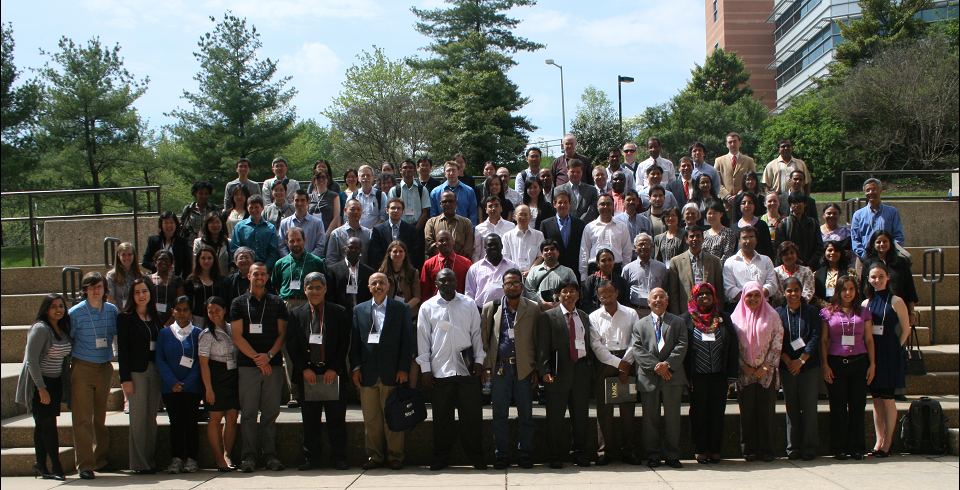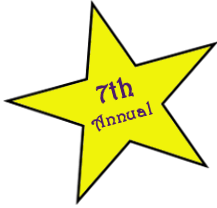


 A special feature of Probability and Statistics Day at UMBC 2013 is that the conference, including the workshop, is open to all statistics graduate students
from UMBC and local universites free of charge; however, REGISTRATION IS REQUIRED! The deadline to register is Friday,
April 12, 2013. // REGISTER NOW
A special feature of Probability and Statistics Day at UMBC 2013 is that the conference, including the workshop, is open to all statistics graduate students
from UMBC and local universites free of charge; however, REGISTRATION IS REQUIRED! The deadline to register is Friday,
April 12, 2013. // REGISTER NOW
For more information, contact any member of the organizing committee:
Bimal Sinha
Conference Chair
443.538.3012
Kofi Adragni
410.455.2406
Yvonne Huang
410.455.2422
Yaakov Malinovsky
410.455.2968
Thomas Mathew
410.455.2418
Nagaraj Neerchal
410.455.2437
DoHwan Park
410.455.2408
Junyong Park
410.455.2407
Anindya Roy
410.455.2435
Elizabeth Stanwyck
410.455.5731

Participant Information
Shuyan Zhai
Poster: Comparing Drug Dissolution Profiles Based on Tolerance Intervals
Drug dissolution profile is defined as the amount of active drug substance dissolved over time under standardized conditions, which reflects the drug absorption and appearance in the blood and the availability of drug in solution. Dissolution tests are performed to compare prototype formulations of a drug product based on their dissolution profiles. The U.S. FDA requires a comparison of dissolution profiles between pre-change and post-change drug products. An easy to use measure for checking the similarity of two dissolution profiles is a similarity factor f2, recommended by the FDA, which is a function of the sum of the squares of a suitably scaled difference between the percentage amount dissolved at pre-specified time points. However, the use of f2 has been criticized by various researchers, since the decision upon which it is based does not take into account the variability among dissolution profiles, or the correlation among the percentage amount dissolved at different time points. We propose to develop a lower tolerance limit for the distribution of f2. The use of this tolerance limit would improve the similarity factor f2 by reflecting the sample variability.